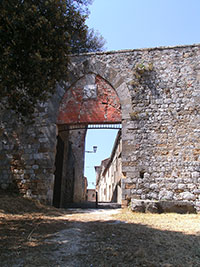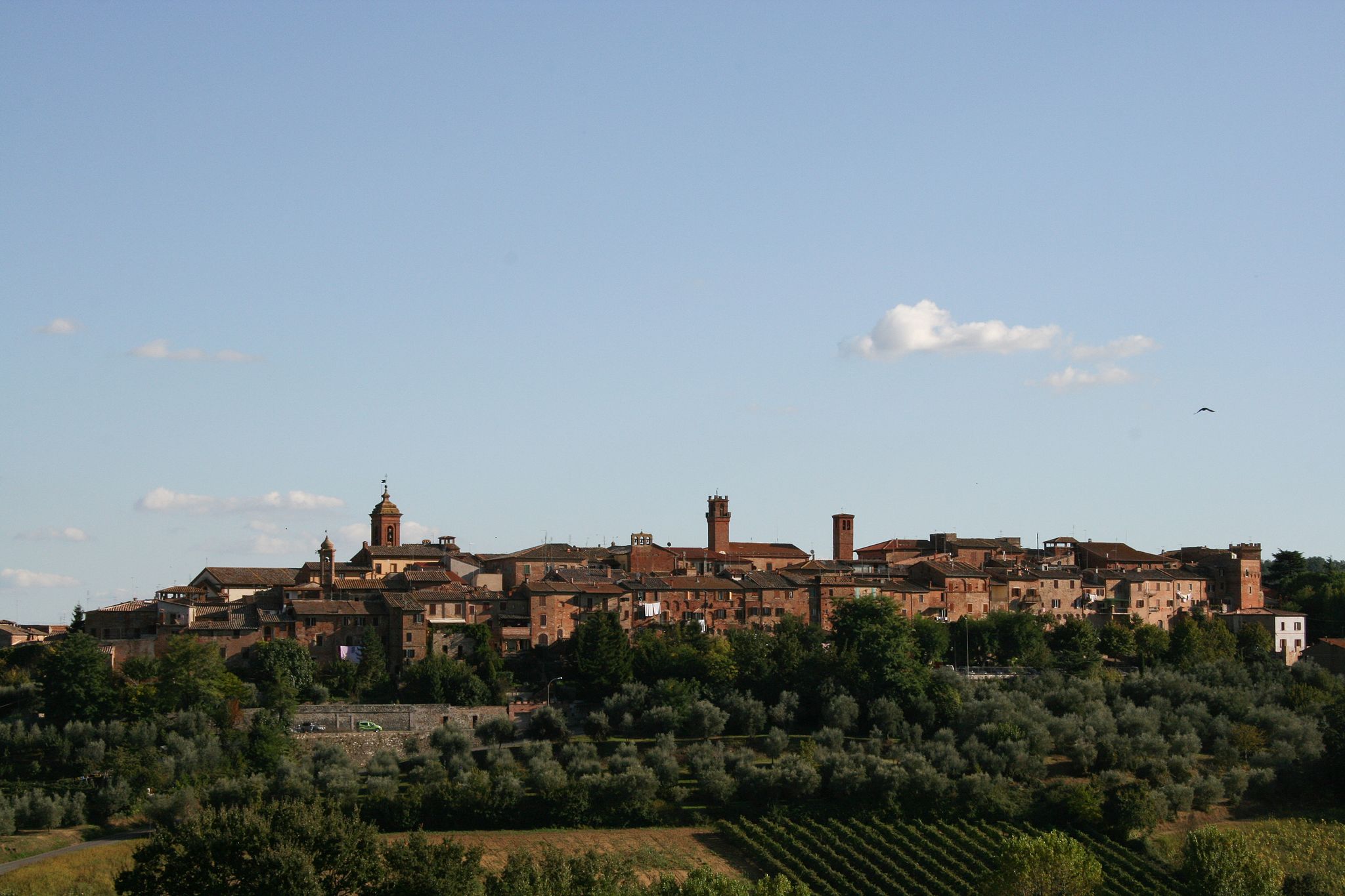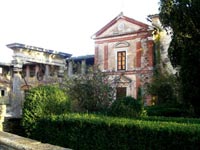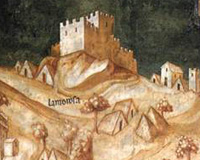Torrita di Siena |
Torrita di Siena is located about 40 km southeast of Siena and about 17 km north of Pienza. The first historical records referring to Torrita di Siena date back to the 11th century. The original centre was situated on a long ridge, closed within the remains of old fortified walls dating from the beginning of the 13th century and continuously repaired after the numerous attacks suffered. The fortification was crowned with nine square towers on which ramparts were placed in 1528 according to the design by Baldassarre Peruzzi. Sights and Attractions: Church of Triano • Church of Madonna dell'Olivo • Church of Madonna delle Fonti a Giano • Church of Madonna delle Nevi • Church of Santissima Annunziata • Church of St. Flora e Lucilla • Church of Santa Croce • Collegiate church of Saints Martino e Costanzo Chiesa della Madonna dell'Olivo Market day is on Friday. |
|||
Locanda L'Amorosa, Sinalunga
|
|||
Just outside the pretty little town of Sinalunga, Locanda L'Amorosa is an ancient 14th century hamlet, transformed into a luxury hotel with restaurant.
|
|
||
| The first iconographical mention of L'Amorosa dates back to the year 1363, in the fresco of Lippo Vanni, which hangs in the Sala del Mappamondo (Museo Civico) in Siena's Palazzo Pubblico. This image depicts the battle of Valdichiana,, fought in October on the plains under the city's walls. [3] |
|
||
| Lippo Vanni, Victory of the Sienese Troops at Val di Chiana in 1363 |
|||
Accompanying Simone Martini's Maestà in the Sala del Mappamondo (formerly known as Sala del Consiglio) were a number of secular images. Frescoes commemorated battles and important military captains. One of the best surviving examples of this reportorial art was commissioned from the painter and miniaturist Lippo Vanni to record the Sienese victory in the Val di Chiana over English mercenaries in 1363. His monochromatic fresco records the progress of the battle and the disposition of the troops episodically across the wall; it is a graphic chronicle of the event rather than a naturalistic reconstruction, with cities carefully labeled and the armies identified by the heraldic flags of their leaders.
|
|||
 |
|||
Lippo Vanni, Victory of the Sienese Troops at Val di Chiana in 1363, c. 1364, fresco, Palazzo Pubblico, Siena
|
|||
Worth noting is Montefollonico, a former medieval castle which still contains interesting traces of its past and is surrounded by a truly beautiful landscape. On the edge of the Val d'Orcia and the Val di Chiana, the walk from Montepulciano to Montefollonico leads you through the magical hills of this World Heritage site, along Vino nobile vineyards and hills dotted with cypress trees.
|
|||
Montefollonico
|
||
 |
||
Montefollonico [1]
|
||
La chiesa del Triano si trova a Montefollonico nel comune di Torrita di Siena. North of the village are the ruins of the Monastery of Santa Maria.
|
||
|
||||
 |
 |
 |
||
Montefollonico
|
Montefollonico, Porta del Triano | Ruins of the monastery of Santa Maria near Montefollonico.
|
||
 |
 |
 |
||
Montefollonico, Porta Del Triano
|
Montefollonico, San Leonardo, fasciata | Montefollonico, Oratorio di Santa Caterina d'Alessandria | ||
| Hills and vineyeards from Torrita di Siena |
||||
|
||||
|
||||
|
||||
Torrita di Siena borders the following municipalities: Cortona, Montepulciano, Pienza, Sinalunga and Trequanda.
|
||||
[1] Foto di Edisonblus, licenziato in base ai termini della licenza Creative Commons Attribuzione 3.0 Unported. [2] Foto di LigaDue, licenziato in base ai termini della licenza Creative Commons Attribuzione 3.0 Unported. [3] Historical information in the 14th Century | www.amorosa.it |
||||


 Cappella di San Michele alla Fratta
Cappella di San Michele alla Fratta